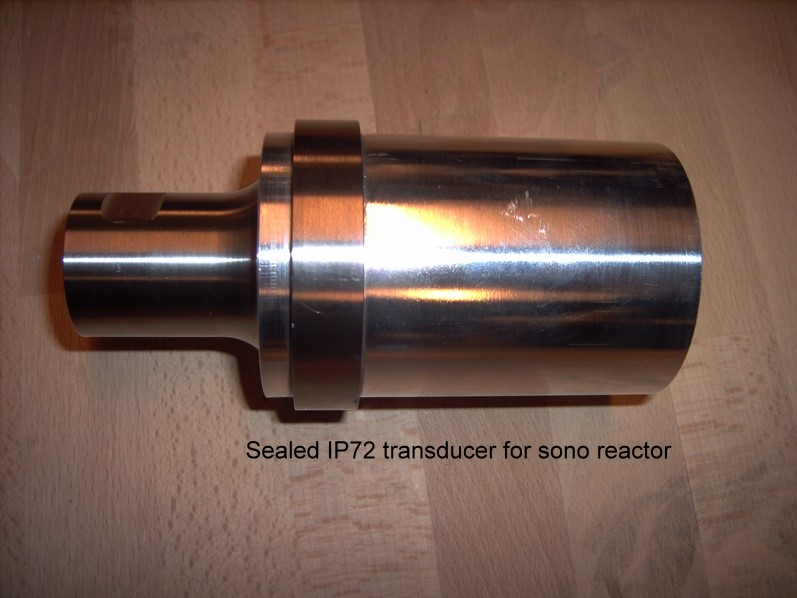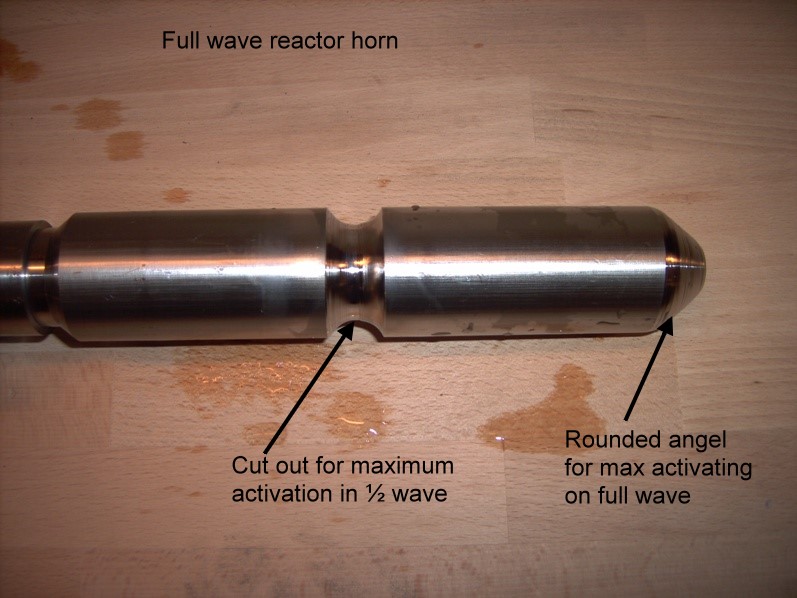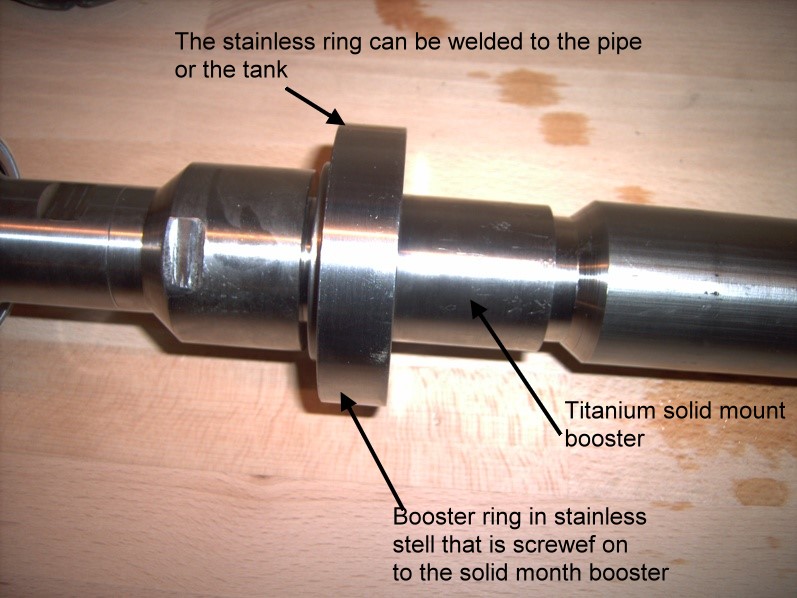High Power ultrasonic Sonoreactors
Email : info@sonic-power.com
The ultrasound science and ultrasound technology are becoming a growing research field because of a wide range of emerging applications in ultrasonic chemical synthesis, ultrasonic therapeutics, ultrasonic environmental protection, ultrasonic electrochemistry, ultrasonic processing of food, ultrasonic processing of solids and liquids. However, it has been stressed in literature the difficulty of the development of the scale-up strategies from laboratory to industrial scale particularly in the ultrasonic sonoreactor design.
Several causes have been highlighted such as: marked effects localized near the surface of the ultrasonic sonicator non-uniform and non-optimized volumetric energy density erosion of the ultrasonic horn surface at high power intensities and a perfectible ultrasonic transducer technology. At this stage, it is very important to characterize the behaviour of ultrasonic sonoreactors in order to identify accurately the actives zones, especially those related to the ultrasonic cavitations events, as well as it might also shed light on an accurate picture on the reaction environment in the ultrasonic sonoreactor.
On the other hand, attention is being paid on the subdivision of the ultrasonic sonochemical applications based on the “true” and “false” effects Several differences are established between the chemical effects (resulting from the ultrasonic cavitation event) and the effects caused by the ultrasonic mechanical actions (mainly as a consequence of the bubble collapse) Regarding the above subdivision, we can find in the ultrasonic literature a large number of methods, and also classifications of them which characterize the ultrasonic sonoreactor behaviour. These analyses have been devised to measure the effects of ultrasound especially the ultrasonic power, but recently there is a increasing number of papers studying the ultrasonic mechanical effects including modelling techniques
Classical methods designed for ultrasonic mechanical effect studies use hydrophones aluminium foil erosion and thermistors and thermoelectrical probes for local measurements and the calorimetric method for global ultrasonic measurements




Leave a Reply
You must be logged in to post a comment.